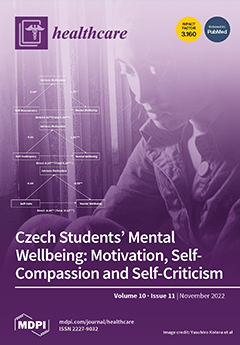Background: The difficulty of frail, non-self-sufficient or non-ambulatory collaborating elderly residents in nursing homes to eat due to a lack of teeth or the absence of a dental prosthesis leads to an increasingly evident increase in the patients’ systemic pathological state, particularly in older patients who take a lot of medications. Total or partial edentulousness that is not filled with dental prostheses or that is filled with inadequate prostheses, associated with socioeconomic factors, depression, impaired motor functions, heart disease and a large number of chronic diseases including excessive use of drugs, often affects elderlies’ feeding.
Aim: In this study, prosthetic rehabilitation was performed on some frail elderly residents in 10 nursing homes in the Lombardy district, and, subsequently, meal behavior and social activity were examined in two information questionnaires through compilation.
Methods: The research was conducted on only 67 patients, 26 men and 41 women, aged between 75 and 99, who were guests in 10 health facilities (nursing homes) in the Lombard district; only 8 residents did not undergo prosthetic rehabilitation, as they did not cooperate. All the patients who were visited underwent oral prosthetic rehabilitation, and, subsequently, some aspects such as nutrition and socialization were assessed with other residents through the aid of two information dossiers.
Results: the results showed that all the residents, despite difficulties in chewing with the new prosthesis, were fed and did not refuse more consistent foods; in addition, there was an improvement in social activity among the residents. Only 19.3% of men and 22% of women continued to eat little; there was an improvement in the participation in social activities among the residents, with a percentage of 73% of men and 88% of women; in particular, during meals 35 residents conversed with the other residents.
Discussion: The dental problems of elderly people residing in social welfare homes are increasingly evident when other systemic pathologies are present. It would be desirable to introduce telemedicine in residences for the elderly for the monitoring of dental problems.
Conclusions: From the information obtained and from the evaluation of the change in the elderly, it can be concluded that it would be desirable to include specific dental protocols to create a network, including a telematic one, to monitor and perform more dental checks in nursing homes.
Full article






